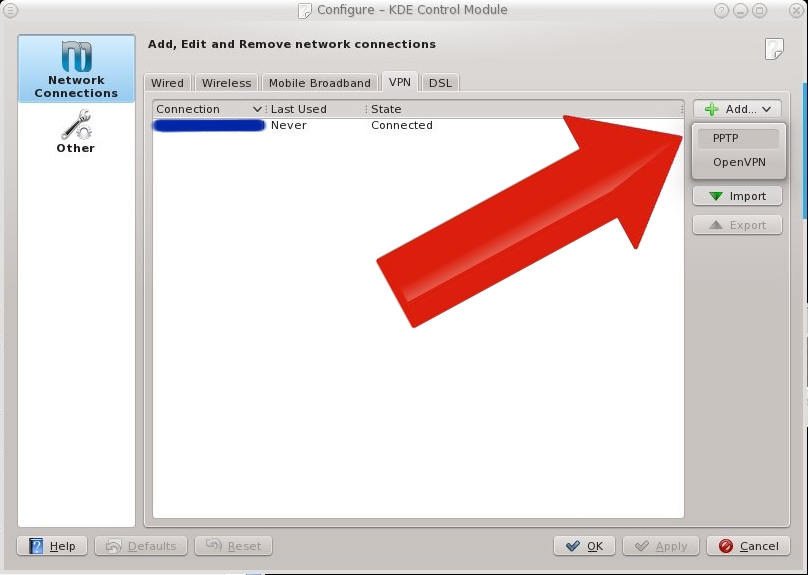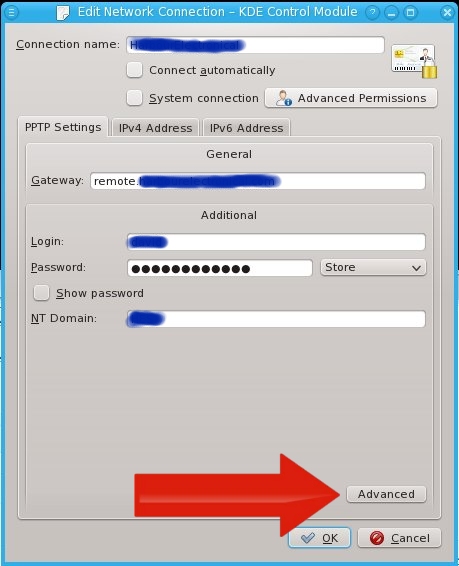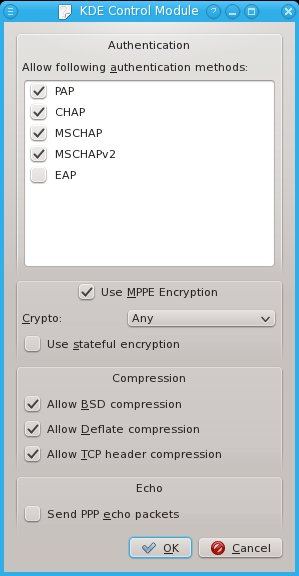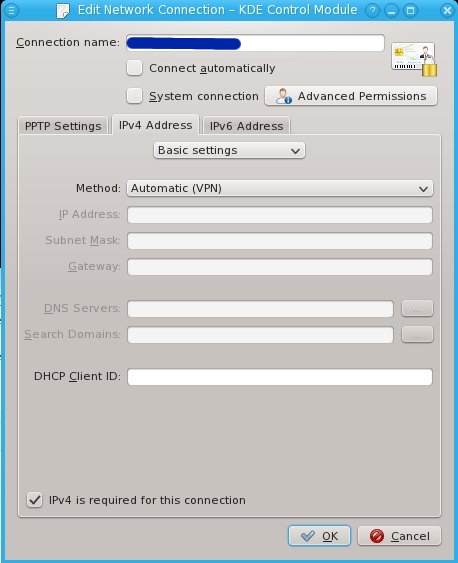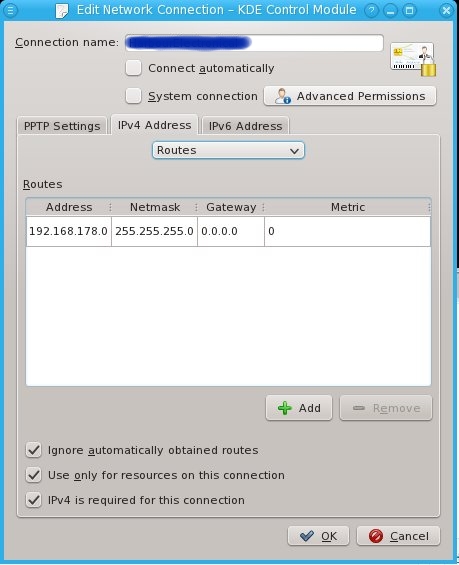Today, I've been digging through forums, log files and python scripts for about 16 hours (!!!) to update my system from Fedora 16 to Fedora 17. Apart from the fact that preupgrade for some reason downloaded all files from US mirrors (I'm in .nl), one of the biggest problems I had was the clear message "The root for the previously installed system was not found".
Why the fsck could it not find my installation? Was it the Luks full disk encryption? Or possibly the LVM volume manager? It couldn't be the btrfs filesystem, could it?
I tried everything possible, and when I was about to give up, I read this message that preupgrade has a problem with btrfs snapshots. Do I have these snapshots?
cryptsetup luksOpen /dev/sda2 disk lvchange -ay vg_hdd/lv_root mount /dev/mapper/vg_hdd-lv_root /mnt btrfs subvolume list /mnt |
There was the answer. I did. Two snapshots created by yum.
btrfs subvolume delete /mnt/yum-2012....1 btrfs subvolume delete /mnt/yum-2012....2 umount /mnt lvchange -an vg_hdd/lv_root cryptsetup luksClose disk |
Damn, this has been a great day. Thanks to those crappy error messages. Time to go to bed.
© GeekLabInfo Preupgrade - the root for the previously installed system was not found is a post from GeekLab.info. You are free to copy materials from GeekLab.info, but you are required to link back to http://www.geeklab.info
